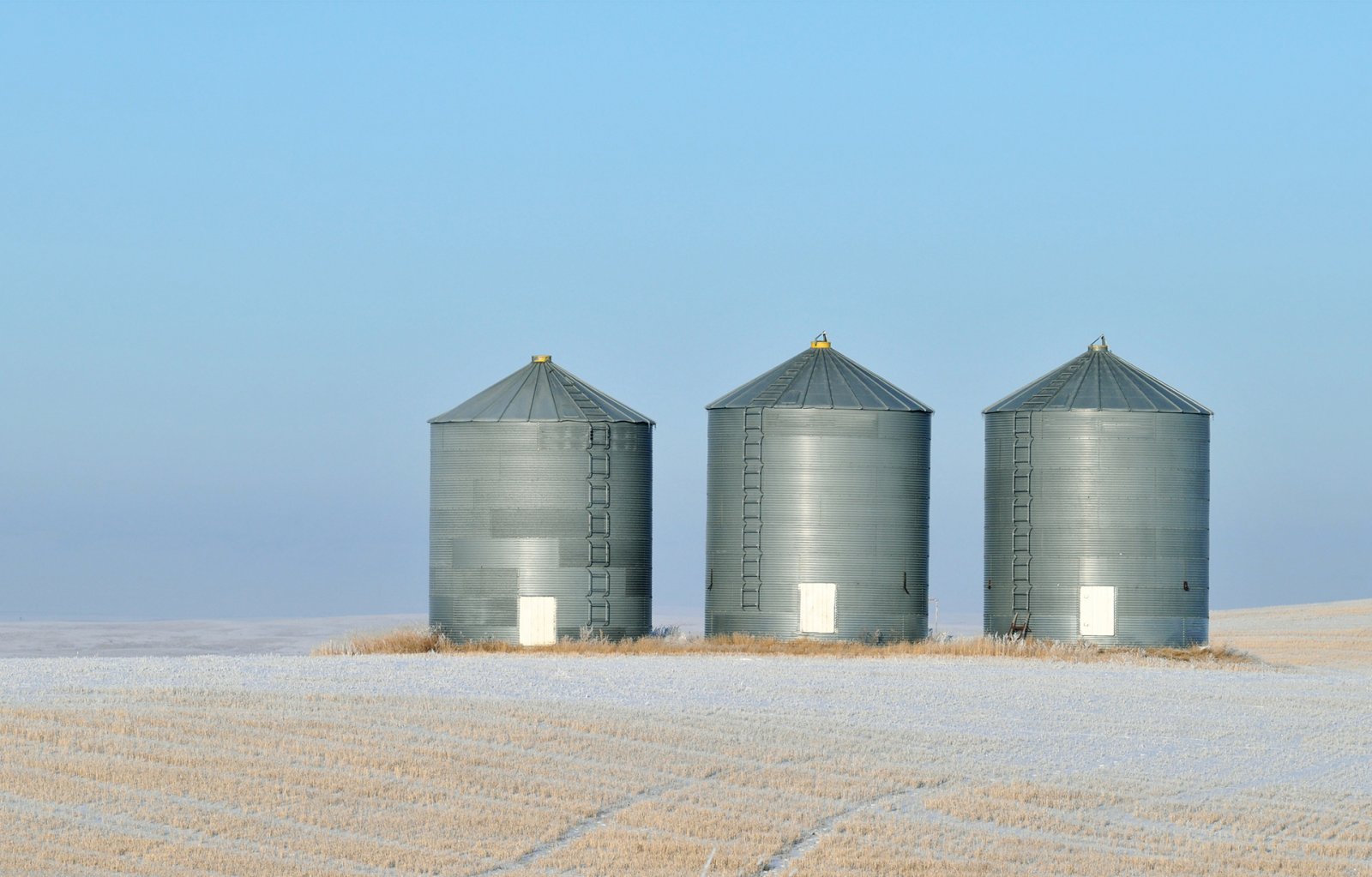SDGs have strengthened silos in network of international organisations
Impact of the SDGs

Since the adoption of United Nations’ Sustainable Development Goals (SDGs) in 2015, international organizations have become more likely to collaborate with organisations working on similar issues to them. This is the main conclusion of new Utrecht University research led by PhD candidate Maya Bogers. “The SDGs have so far failed to reduce fragmentation of global governance. Rather, silos have strengthened”. Due to the interconnectedness of global sustainability challenges, these sectoral silos may cause problems in the long run.
The research, which was published in Global Environmental Change, shows that an international organisation working on poverty reduction, for example, is now more inclined to connect to another international organisation also working on poverty, rather than to one working on sustainable production or on climate change. “With the SDGs, the world created one overarching set of goals that integrates environmental, social and economic concerns into one agenda. The hope was that such an integrated agenda could lessen sectoral silos, yet our study finds evidence that the exact opposite is happening,” says Bogers.
Interactions between 276 international organisations
The authors analysed 1.5 million hyperlinks between the websites of 276 international organisations, tracking interaction patterns overall, within and across issue areas, and over time. They found that sectoral silos exist, and that these silos have gotten stronger since the SDGs were implemented in 2015. Similarly, silos around economic, social and environmental issues have strengthened. This separation of organizations by issue area results in a fragmented system of global governance. “While the approach used in this study is only one way to measure fragmentation and siloisation, our results align with other studies that show the SDGs did not achieve the integration of different issues as hoped for,” says Bogers.
Sustainability issues strongly interconnected
So why does this matter? “Silos are not inherently bad,” explains Bogers. “It makes sense to interact with other organizations working in the same field”. But if silos are too strong—if there is not enough interaction across silos—this fragmentation may cause problems. Efforts of organizations in one issue area may unintendedly lead to new or more problems in another issue area. “This is because the global issues we aim to address with the SDGs are not issues that exist in isolation of one another. Rather, these issues are strongly interconnected”. In the context of the SDGs, these connections across different issue areas are often referred to as SDG interlinkages, which can be negative (trade-offs), or positive (synergies).
Our results align with other studies that show the SDGs did not achieve the integration of different issues as hoped for
For example, in an effort to increase access to healthcare, new medical clinics are built in remote areas. People living in those areas have better access to healthcare, but these clinics also produce medical waste. If there is no adequate waste management, the waste may end up in local landfills, causing damage to the environment. “Of course, this is a simplified example, but it illustrates how many societal, environmental and economic issues are interconnected, says Bogers. “Since the issues are connected, we want the organisations working on them to also be connected—this was one of the thoughts behind the SDGs”.
For the SDGs, next year will mark the important half-way point of the 2030 Agenda. “Our results illustrate the importance of further encouraging international organisations to interact outside their own issue area to coordinate, learn and collaborate” says Bogers. But there is one exception, according to the research. “Within the United Nations system, our study finds that sectoral silos have actually decreased. So within the UN, the SDGs may have had their intended effect”.
Bogers, M., Biermann, F., Kalfagianni, A., Kim, R. E., Treep, J., & de Vos, M. G. (2022). The impact of the Sustainable Development Goals on a network of 276 international organizations. Global Environmental Change, 76, 102567.

